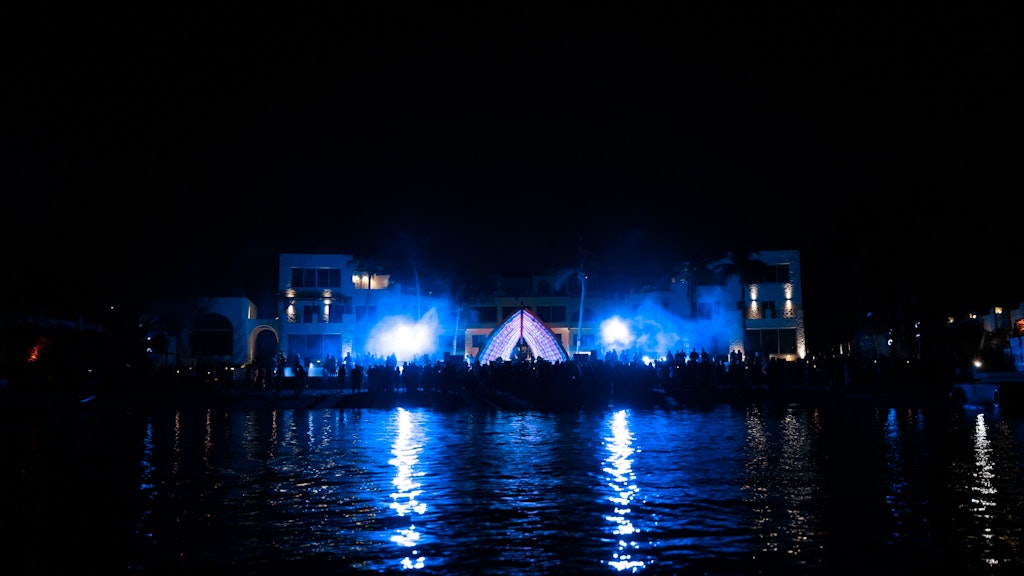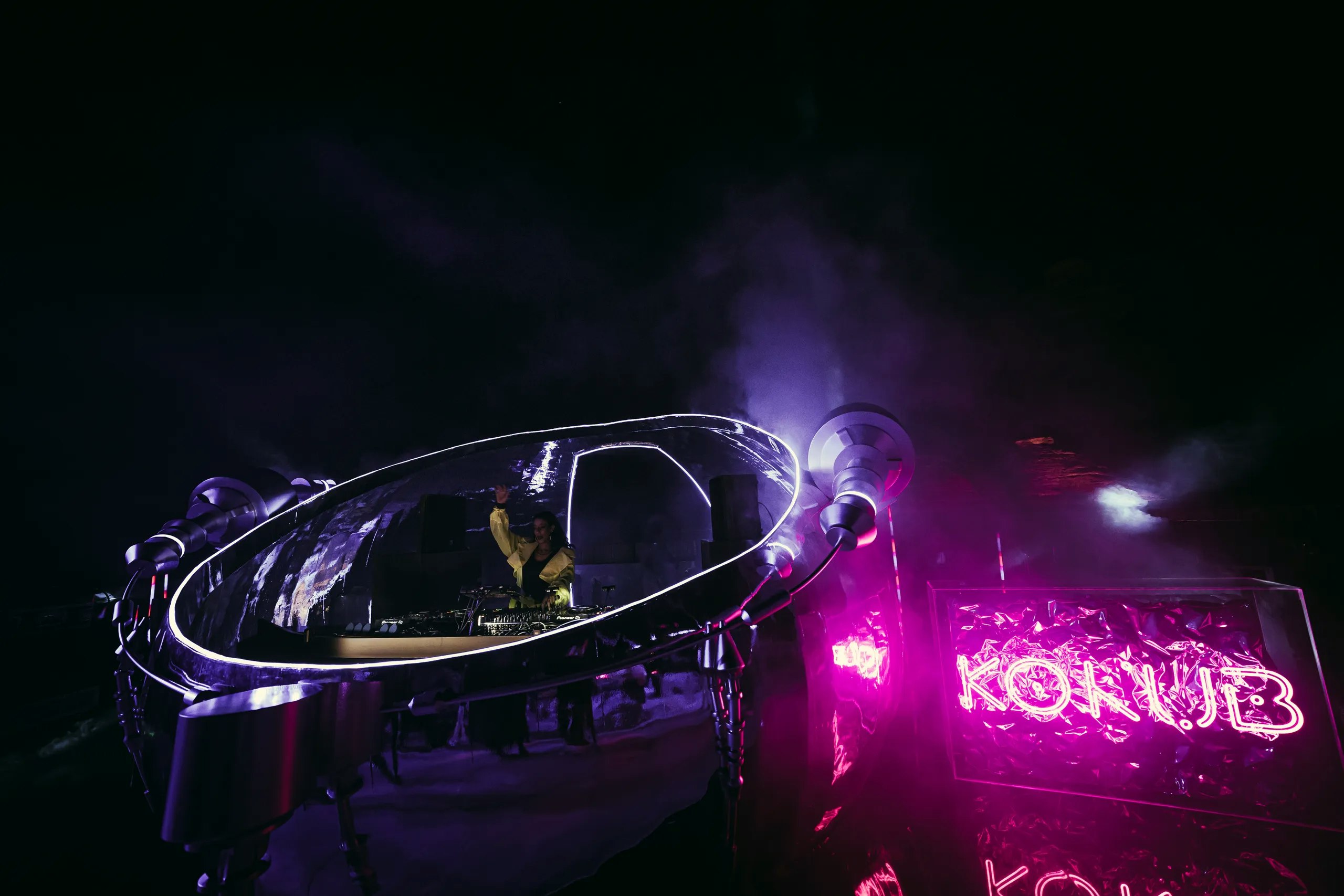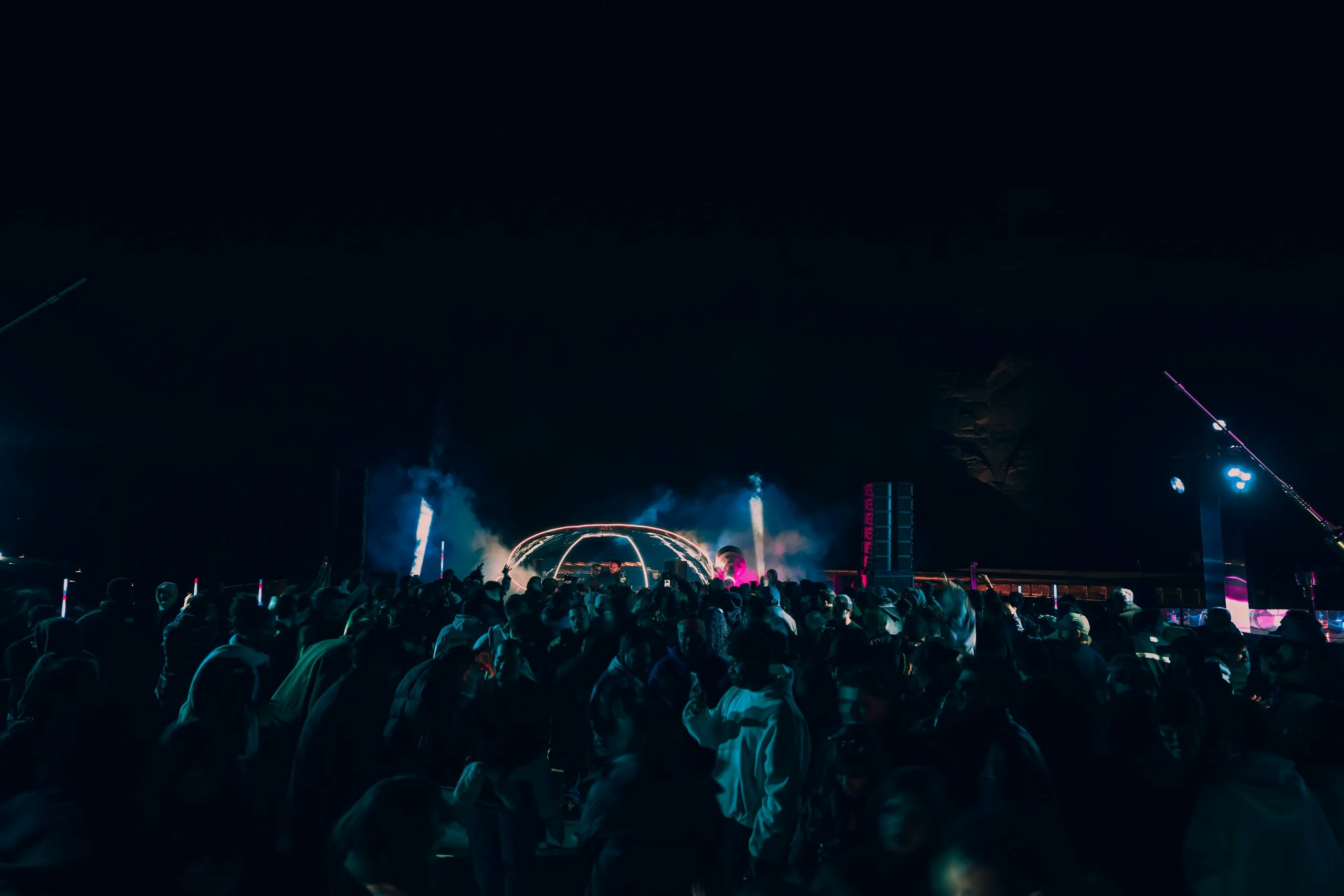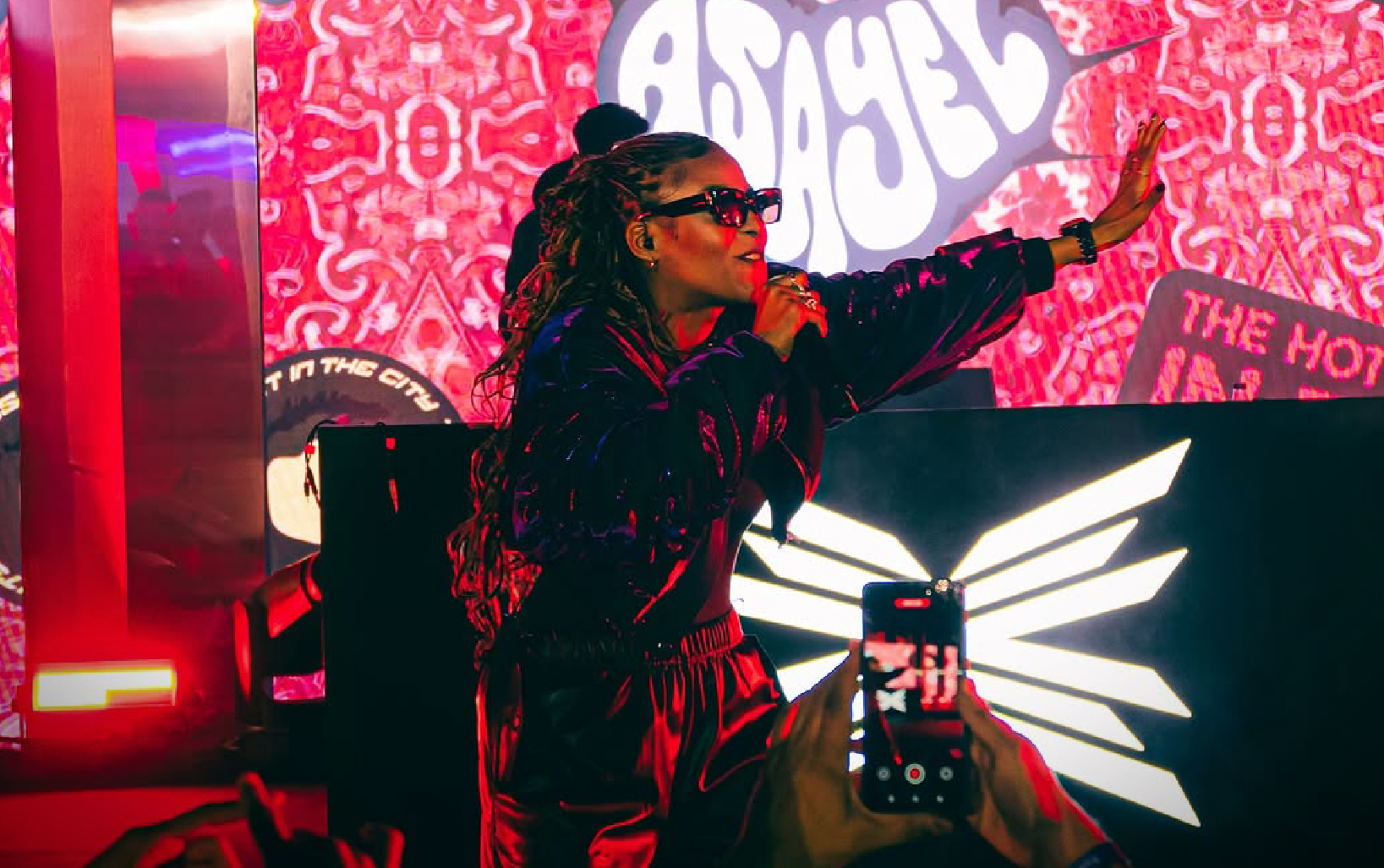
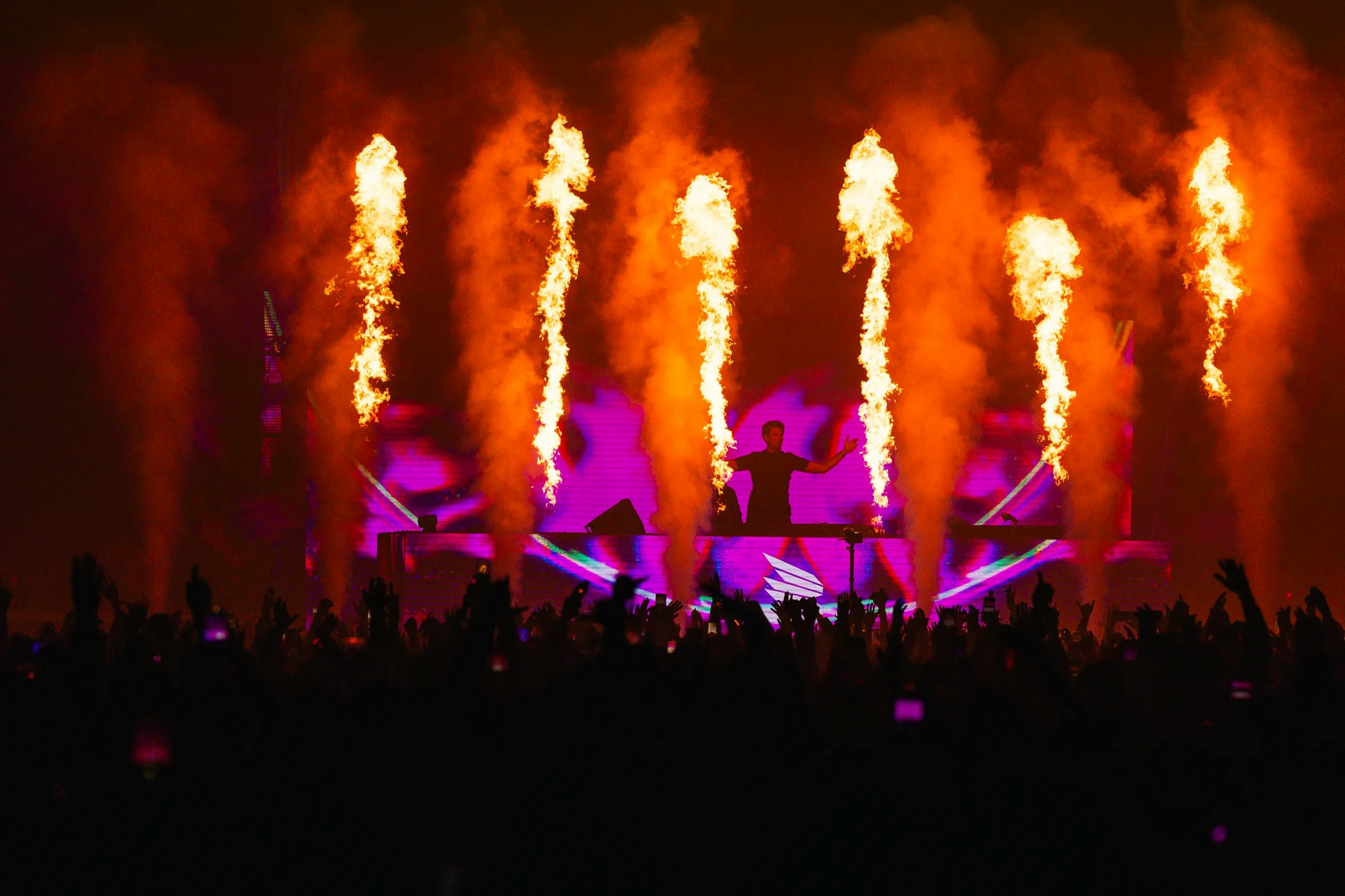
The Connection Between Music and Dance: A Symbiotic Relationship
By MDLBEAST
January 20 2025
The Connection Between Music and Dance: A Symbiotic Relationship
By MDLBEAST
January 20 2025
Music and dance have been intertwined for centuries, each enhancing the experience of the other. Whether it’s the graceful flow of a ballet performance or the rhythmic movements of a street dance, the relationship between music and dance is undeniable. Throughout history and across cultures, this bond has fostered artistic expression, social connection, and even physical and emotional well-being. Exploring the connection between music and dance helps to better understand how these two art forms work together to move the human spirit and bring people closer.
The Historical Bond Between Music and Dance
Music and dance share an ancient lineage that dates back to the earliest civilizations. Archaeological findings and cultural artifacts reveal that humans have used music and movement to express emotions, tell stories, and celebrate communal rituals. From the tribal dances of Africa accompanied by drum beats to the religious ceremonies of ancient Greece and Rome, music and dance were integral parts of society. In many of these early cultures, the division between music and dance did not exist; they were regarded as two components of a single artistic experience.
In traditional societies, dances were often closely tied to the type of music that was being played. For instance, folk dances were shaped by the instruments and rhythms native to particular regions. The music provided the tempo and mood, while the movements reflected the cultural narratives of the people. This synergy between music and dance became a vital way for communities to pass down traditions, stories, and values.
How Music Influences Dance Movements
The music played in a dance performance sets the tone, pace, and intensity of the movements. Whether it’s fast or slow, soft or loud, music guides the dancer’s body and dictates the type of movement they will use. For example, a lively beat may inspire energetic, rapid steps, while a slower melody could lead to more fluid, gentle movements. Each genre of music lends itself to a specific style of dance. Ballet typically pairs with classical compositions, while hip-hop finds its natural rhythm in modern, beat-heavy tracks.
Rhythm is arguably the most critical element in this relationship. Rhythmic patterns in music influence the choreography of dances, allowing dancers to synchronize their movements with the music’s pulse. In some styles, such as tap dancing, the dancer’s movements actually become an extension of the music itself, as their steps create a percussive rhythm that complements the accompanying sound. The dancer’s role, then, is not only to follow the music but to become a part of the music-making process, adding layers of rhythm and texture to the auditory experience.
The Emotional Dialogue Between Music and Dance
Beyond the technical aspects, music and dance share an emotional connection that enhances both art forms. Music has the power to evoke a wide range of emotions, and dance allows these emotions to be expressed through the body. Whether it’s joy, sadness, anger, or love, dancers often use the music to guide how they convey these emotions to the audience. For example, an emotionally intense song might inspire movements that are more dramatic and bold, while a lighthearted tune may lead to playful and carefree steps.
This emotional exchange is why certain songs or musical pieces seem to demand movement. When people hear music, especially music with a strong beat or melody, they instinctively want to move their bodies. Even when someone is not formally trained in dance, they may still tap their foot, nod their head, or sway to the rhythm. This natural response is a testament to the deep emotional and physical bond between music and movement.
Dance as a Visual Interpretation of Music
Dance is often described as a visual representation of music. It allows audiences to “see” the music and experience it in a new dimension. Choreographers often talk about translating sound into movement, where every note, beat, and rhythm in a musical composition is reflected in a dancer’s body. This translation helps to deepen the understanding of the music itself. For example, in contemporary dance, abstract movements can provide new insights into the emotional or thematic undercurrents of a musical piece.
Social and Cultural Expressions
Music and dance are not just artistic expressions; they are also powerful social and cultural activities. Many traditional dances are performed to mark important events, such as weddings, harvest festivals, or religious ceremonies. These dances are often accompanied by live music, which helps to bring people together in celebration. For example, salsa and tango are both styles of dance that have been strongly influenced by the music of their respective cultures, and each is a communal activity that fosters social interaction.
In modern contexts, music and dance continue to serve as forms of social bonding. From music festival scenes to viral TikTok dance challenges, people use music and dance to express themselves and connect with others. The rise of some music genres around the world, such as pop and hip-hop, has contributed to the spread of dance styles across borders, further illustrating how closely music and dance are linked to cultural identity and social trends.
-
Join the ultimate music experience at MDLBEAST's Soundstorm festival and immerse yourself in unforgettable performances and electrifying beats!
Share this
